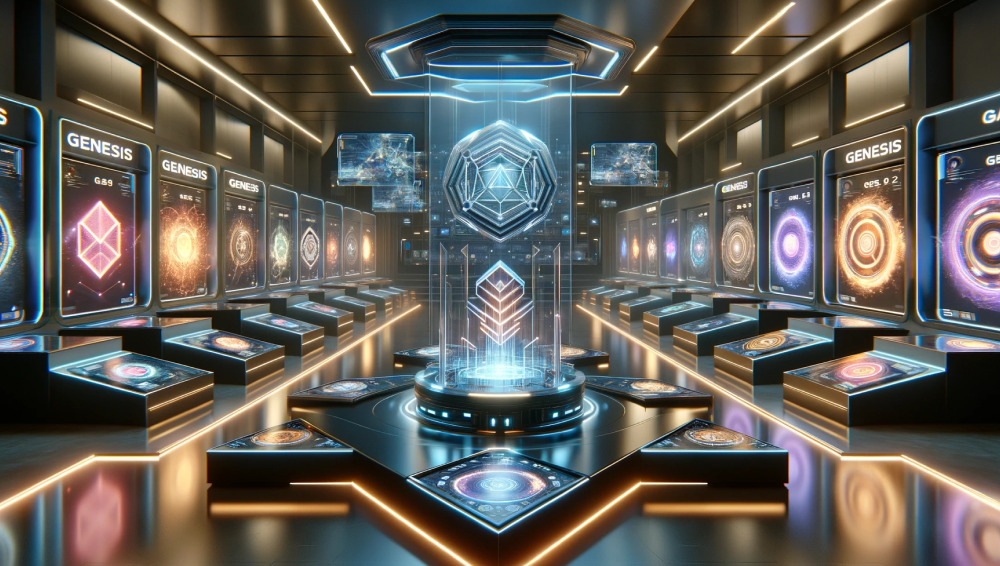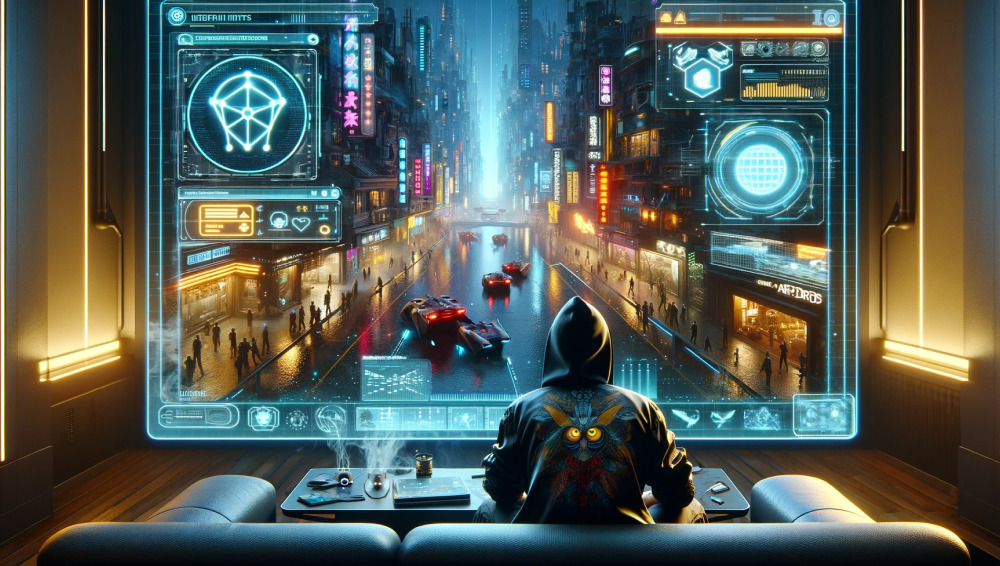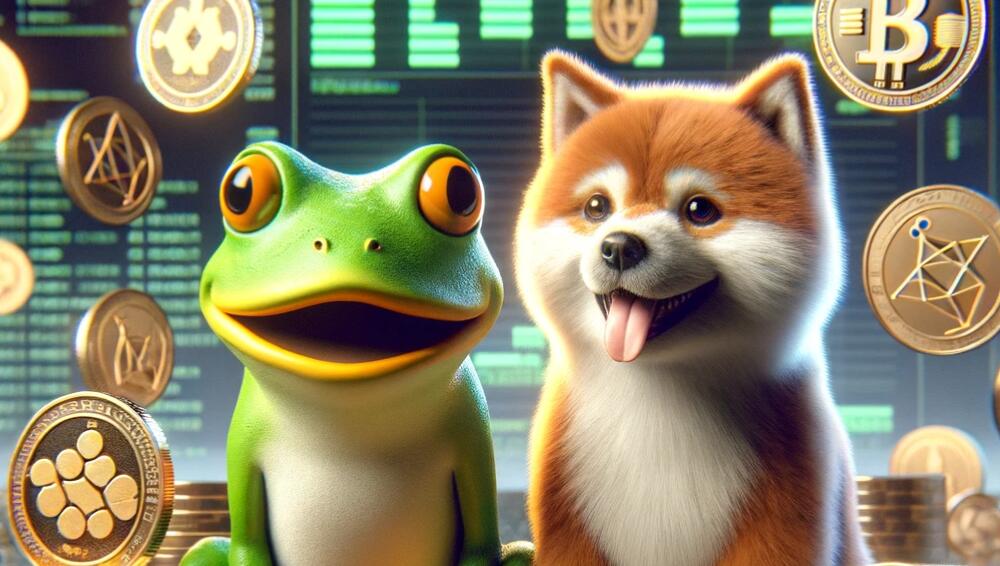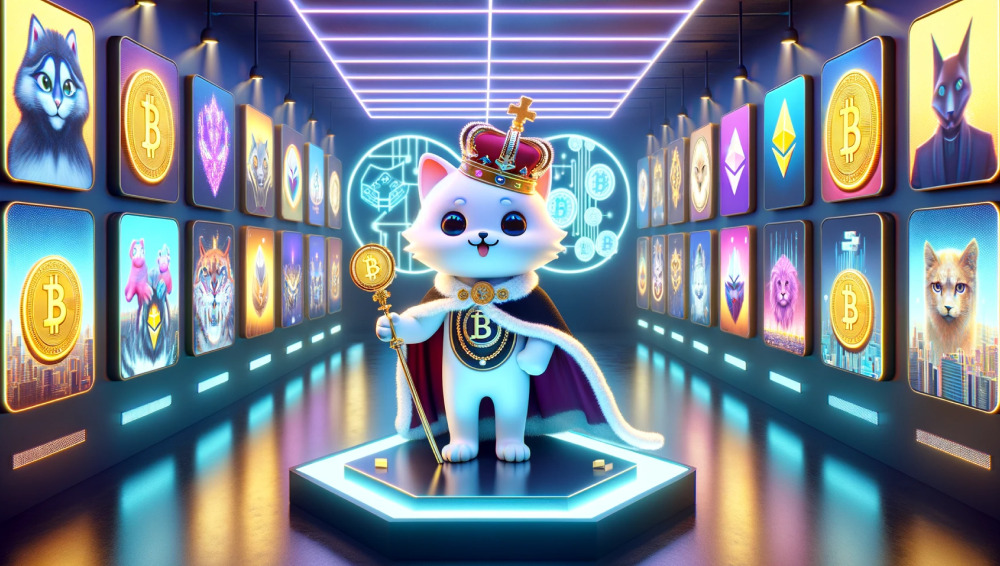Quick Summary:
- The success of any blockchain game highly depends on the P2E game economy as most games overpromise yet fail to deliver in the long run.
- This is primarily due to immature tokenomics, limited demand and innovation, and the P2E’s viability and interoperability.
Why P2E Game Economy Fails:
1. Poor Tokenomics:
Every Play to Earn ecosystem has at least 1 token that is used as fuel across it. How that token is earned and where it is spent is what decides the course of the P2E game economy. Tokenomics refers to the following points in a p2e ecosystem:
- Release of tokens
- Distribution of tokens
- Fees collection and redistribution
- Viability of Token utilities
- Inflationary or deflationary status of the token
Generally, tokens are released in multiple phases like ICOs, private sales, team, and investors’ shares, and then the public sale. Since public sales are the last phase and the token has reached its cycle’s best price, the early-stage holders start taking out profits, sending the infant token to depths. This damages the trust of early investors, future investors, and public sales buyers.
When investing in #altcoins, I always choose tokens with good tokenomics over poor tokenomics
Good #tokenomics = reasonable allocation between different stakeholders (VC, dev, team, community, etc), and low inflation rate (less dilution)
This is what good tokenomics look like: pic.twitter.com/S2LmchB6Iy
— venturefoundΞr (@venturefounder) October 24, 2021
Some ecosystems, on the other hand, take clever measures to minimize this selling pressure by freezing the tokens for a set period of time and releasing them gradually.
Another factor is the absence of community incentives and support for token holders. The ecosystem can buy back the tokens using the fees received, or it can transfer the fees to token holders directly to promote holding.
Additionally, if the token is inflationary in nature, its price will continue to decline over time as a result of the higher circulating supply in comparison to marketcap.
2. Limited Demand and Innovation:
First and foremost, the game’s conception and design are ill-considered. Ecosystems occasionally create a game in a saturated market because of the buzz. The player and the new game environment may converse through the FOMO, but this is not a long-term solution.
Every day, the market for P2E games becomes more saturated, which will have an effect on the economy’s long-term viability. Overall, practically every ecosystem provides the same kind of utilities for the token as if it were produced using a pre-built template. Due to intense competition and limited demand, this demonstrates a lack of innovation in the industry.
3. Interoperability:
The P2E game economy also includes NFTs as in-game assets in addition to the token. Players earn these NFTs by doing different tasks in the game like playing, winning, looting, staking, and farming, etc. these NFTs can be sold on the marketplaces or lent to other players to play the game. Ideally, the NFTs are the players’ assets and they should be able to move them across different games which is not the case here. Since the games are built on different blockchains, only a few of them offer interoperability.
The lack of interoperability causes a lack of liquidity, a lack of players’ engagement, and a lack of innovation.
Conclusion:
Conclusively, the game can withstand the competition if it is supported by sound tokenomics, improved interoperability, and enough innovation to keep up with demand. Long-term sustainability should be the developers’ primary concern rather than short-lived hype for immediate profit.
Disclaimer: This article is provided for informational purposes only. It is not offered or intended to be used as legal, tax, investment, financial, or other advice.






